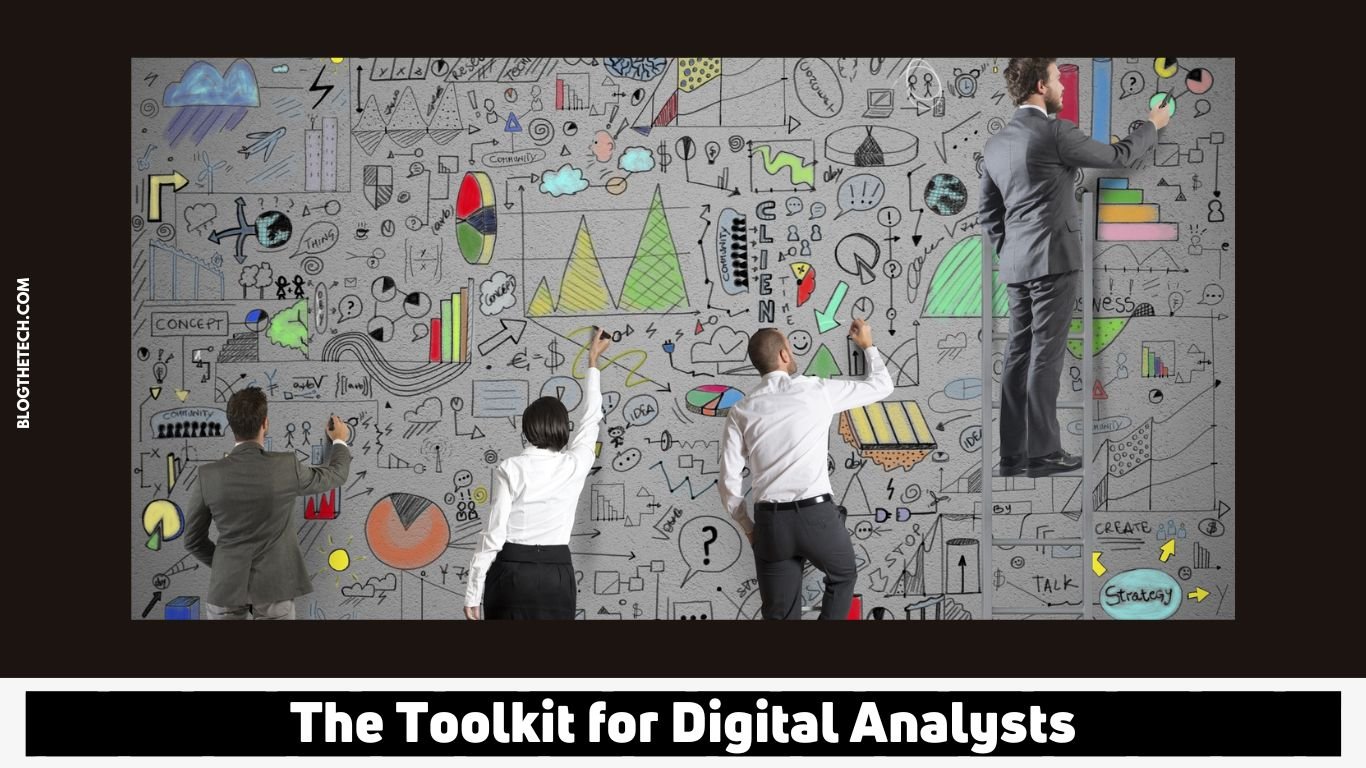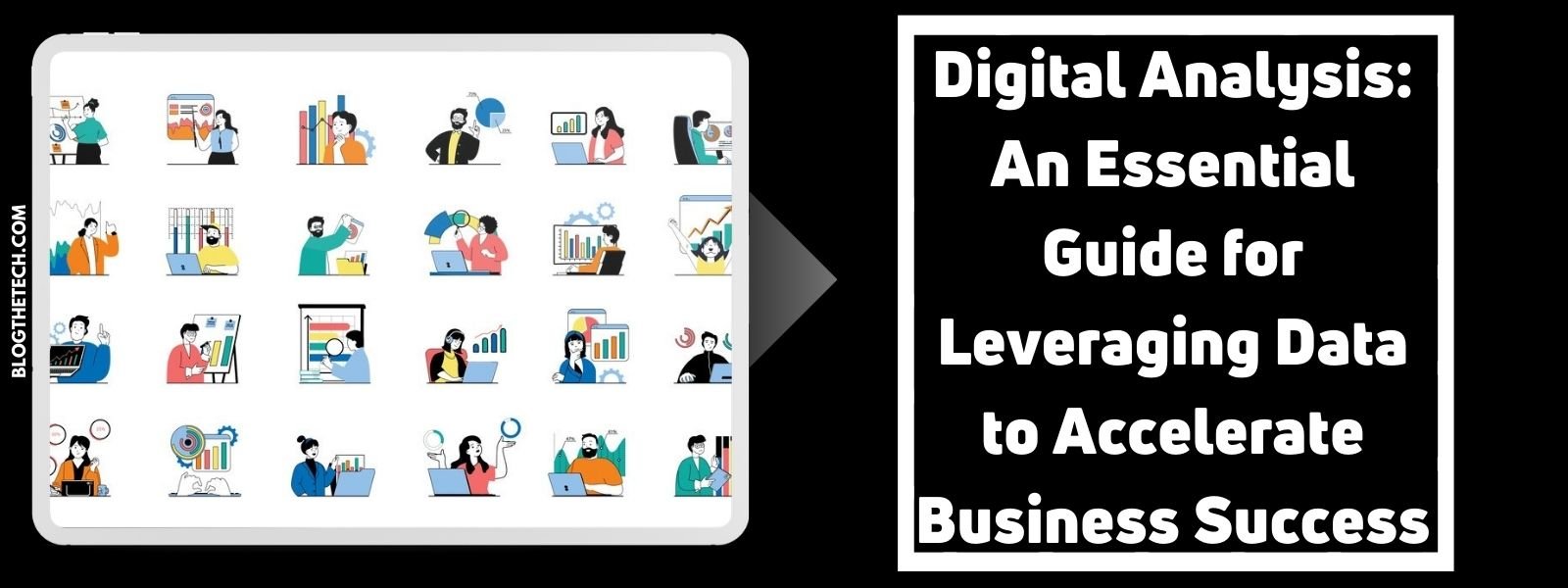In a world that is becoming more and more digital, everything we do leaves behind data trails. In order to keep up, top companies now hire skilled customer digital analysts to sort through the huge amount of data that comes in every day and find useful insights.
But what exactly do these professionals do when they use analytics? What skills and tools help them do well? In what ways does their work, when done right, lead to huge business growth?
This detailed article goes into great detail about all aspects of customer analytics. It talks about important roles of digital analysts, must-have features, workflows, and real-life uses of digital analysis in various important business functions. Let us map out the way to faster growth and decisions based on data.
The Evolving Role of the Digital Analyst
Digital analysts who work with customers are information experts who can turn random pieces of data into valuable business insights. These are the main duties:
- Tracking Online Customer Behavior: They look at how people use your websites and marketing campaigns by tracking small actions like cart abandonments, feature usage, and multi-channel acquisition.
- Identifying Optimization Opportunities: Based on analytics, you can find places where conversion rates are dropping, such as bad checkout flows, web pages that are not working well, or mobile experiences that are not working right. You should figure out how much money you could get back by fixing these problems.
- Uncovering Customer Insights: Use demographic and behavioral data to find need-based groups among your best customers. Make customer avatars that show how your products and services fit with what they like.
- Informing Business Decisions with Data: Give important business units data that shows “why” changes happen in metrics such as lead quality, churn risk scores, lifetime values, and other KPIs, and then suggest ways to make them better.
With C-suite leaders now expecting measurable data to back up most proposals, digital analysts are the ones who make decisions based on facts by mastering analytics.
Skills That Digital Analysts Must Have
To become a highly sought-after expert in customer analytics who can balance technical skills with creative flair and business acumen, you need to improve your skills in:
- Data fluency: This means having the statistical, analytical, and coding skills you need to work with large amounts of data and understand what it all means.
- Statistical acumen: is the ability to use the right statistical methods to find patterns in data that make sense. Learn how to use tools like A/B testing, regression modelling, Python, R, and predictive analysis.
- Technical Proficiency: Being able to set up tagging frameworks, use analytics platform APIs, and manage large data pipelines.
- Communication and Data Visualisation: Using interesting graphs, charts, and presentations to tell stories visually and make findings easier for business leaders who set strategy and priorities.
- Business Acumen: Understanding the company’s functions, goals, and key performance indicators (KPIs) in order to offer useful information and workable solutions with a business perspective.
- Curiosity and Critical Thinking: Being curious means asking endless questions along the customer journey in search of the truth while objectively analysing data.
Digital analysis experts turn messy data dumps into valuable assets that every modern company now values, especially when they use the right technology. They do this by constantly improving their wide range of skills.
The Toolkit for Digital Analysts

In addition to their core skills, customer analytics experts use a strong technology stack that works together to make a powerful productivity engine:
- Web Analytics Platforms: Gives you a lot of information about what your online customers do, like clicks, scroll depth, feature usage, and conversions.
Data Visualization Platforms: Turn results from abstract analysis and spreadsheets into dynamic dashboards, graphs, journey maps, and interactive reports that are easy for business leaders to understand. Check out Google Data Studio, Looker, Tableau, and Power BI.
- A/B Testing Platforms: These are tools that let you run separate tests to see how differences affect key performance indicators (KPIs) like conversion rates. This is where Optimizely, VWO, and Google Optimise stand out.
- Feedback and Survey Tools: Get more information about what drives people and how they feel by getting large amounts of direct customer feedback through targeted surveys, Net Promoter Score (NPS) measures, and review analysis through Qualtrics.
- Customer Data Platforms (CDPs): CDPs bring together separate streams of data from websites, offline purchases, events, and other sources into a single record of each customer, which helps with analysis. Treasure Data and Segment, on the other hand, offer strong connectivity.
- Tag Management Systems (TMS): Implementing site-wide tracking codes with tag management systems (TMS) allows for unified data collection workflows across channels without having to rely on engineering resources. Google Tag Manager and Tealium are two leaders.
When these best-of-breed analytics tools work together, they create data ecosystems that are exponentially more powerful. When used correctly, these ecosystems can unlock huge fact-based business progress.
How The Digital Analyst Works
Most of the time, the analytics workflow that helps customer digital analysts deliver amazing value includes:
- Define Business Objectives: To start every project, make sure that all the key stakeholders are on the same page about what metrics to improve, questions to answer, or results to aim for based on current priorities and long-term goals.
- Collect Relevant Data: Find and get the right sets of behavioral, operational, financial, or external third-party data that you need to help you focus on the tools we talked about earlier.
- Clean and Prepare Data Sets: Manage missing values, inconsistent formatting, the removal of duplicates, and standardisation to make data sets ready for useful analysis.
- Conduct Analysis: Change merged data using statistical modelling, machine learning, and artificial intelligence methods to find useful patterns hidden in huge amounts of data.
- Interpret Results: Put new trends and numbers into context by getting input from executives, frontline staff, and customers, and then deciding if the results make sense.
- Effectively Communicate Findings: Combine key analytical findings into compelling executive summaries using data visualisations to make them easier for business leaders of all technical levels to read.
- Make Suggestions for Strategy: Figure out how the identified opportunities will affect revenue, costs, and the customer experience. Then suggest implementation plans that balance the realities of the data with the practicalities of implementation.
This standard roadmap for aligning analytics with business goals puts digital analysis experts at the centre of modern data strategies, which are now changing the way the whole company works.
Uses of Digital Analytics in the Real World
Putting digital analytics to use in business opens up huge opportunities in key areas of the company, going beyond just theoretical technical skills:
- Website Optimization: For better website performance, focus on pages that are not doing well, broken navigation, or registration drop-offs that show up as a lack of conversions in data trails.
- Campaign Performance Diagnosis: Find out which types of ads work best with different groups of people, as well as any messaging problems that are hurting conversions.
- Customer Journey Mapping: Track the behaviours that lead to purchases or drops, allowing for personalised lifecycle optimisation at each stage.
- Personalisation: Use intelligence analysis to match website content, offers, or communication streams to the specific needs of each customer.
- Product Development: Give product teams measurable pain points and feature requests to help them decide which features are most important and whether they will make money.
The features include better visibility into the supply chain, analysis of revenue engines, finding new business opportunities, and a lot more!
With a wide range of skills and high-end tools like Quantum Metric, today’s customer digital analysts make huge strides in business by finding data insights that traditional gut-feel decision makers missed for decades.
What is Next for Digital Analytics?
Because the number of devices, platforms, and tools that can track signals is growing at an exponential rate, the field of digital analytics will only become more strategically important in the future by:
- Artificial Intelligence and Machine Learning: Artificial intelligence and machine learning can automatically find hidden patterns and correlations in huge amounts of data by modelling them. They can then suggest solutions or improvements that make the system smarter by a factor of ten.
- Real-Time Analytics: As the use of 5G grows, you should look at operational metrics and customer behaviour in real time to fix problems right away and keep the experience the same.
- Unified Data Centralization: Customer data platforms (CDPs) and warehouses combine online and offline data into complete profiles that allow for full analysis.
- Focus on Privacy and Security: New solutions are coming up that use analytics to make things more personalised while protecting users’ privacy through anonymization, tokenization, consent management frameworks, and other trust mechanisms.
- Democratised Access: As analytics skills grow beyond those of data scientists, develop tools that make it easy for business leaders to get insights through automation.
Conclusion
Marketing lightly dabbled with statistical analytics has given way to huge, integrated data ecosystems that drive modern businesses by giving them direction through digital analysts, who are experts in customer intelligence.
With the right technical skills, business sense, and top-notch platforms, these customer data virtuosos create huge competitive advantages that help companies meet their goals of better customer experiences, higher conversions, higher lifetime values, and faster growth every day.





